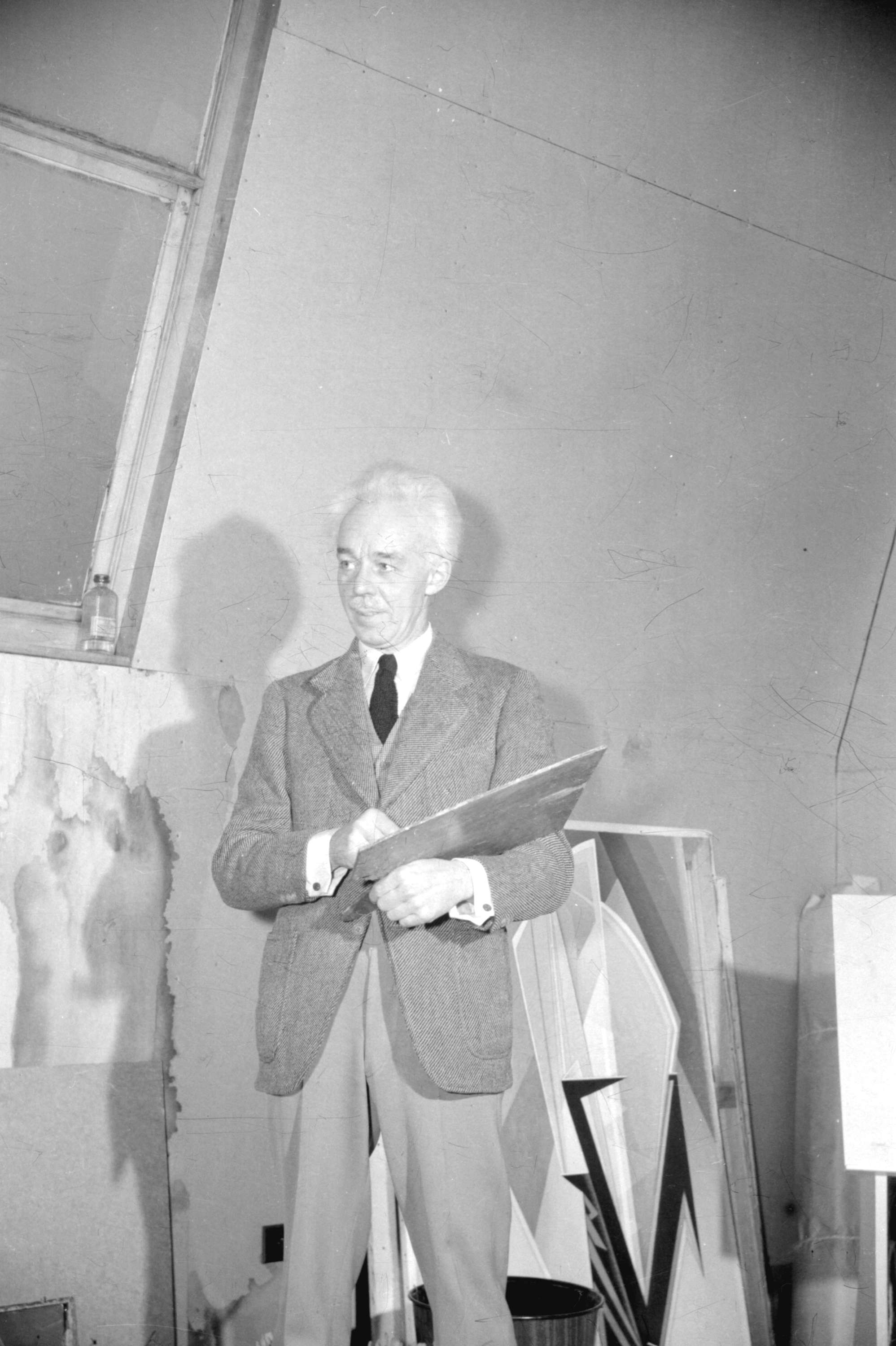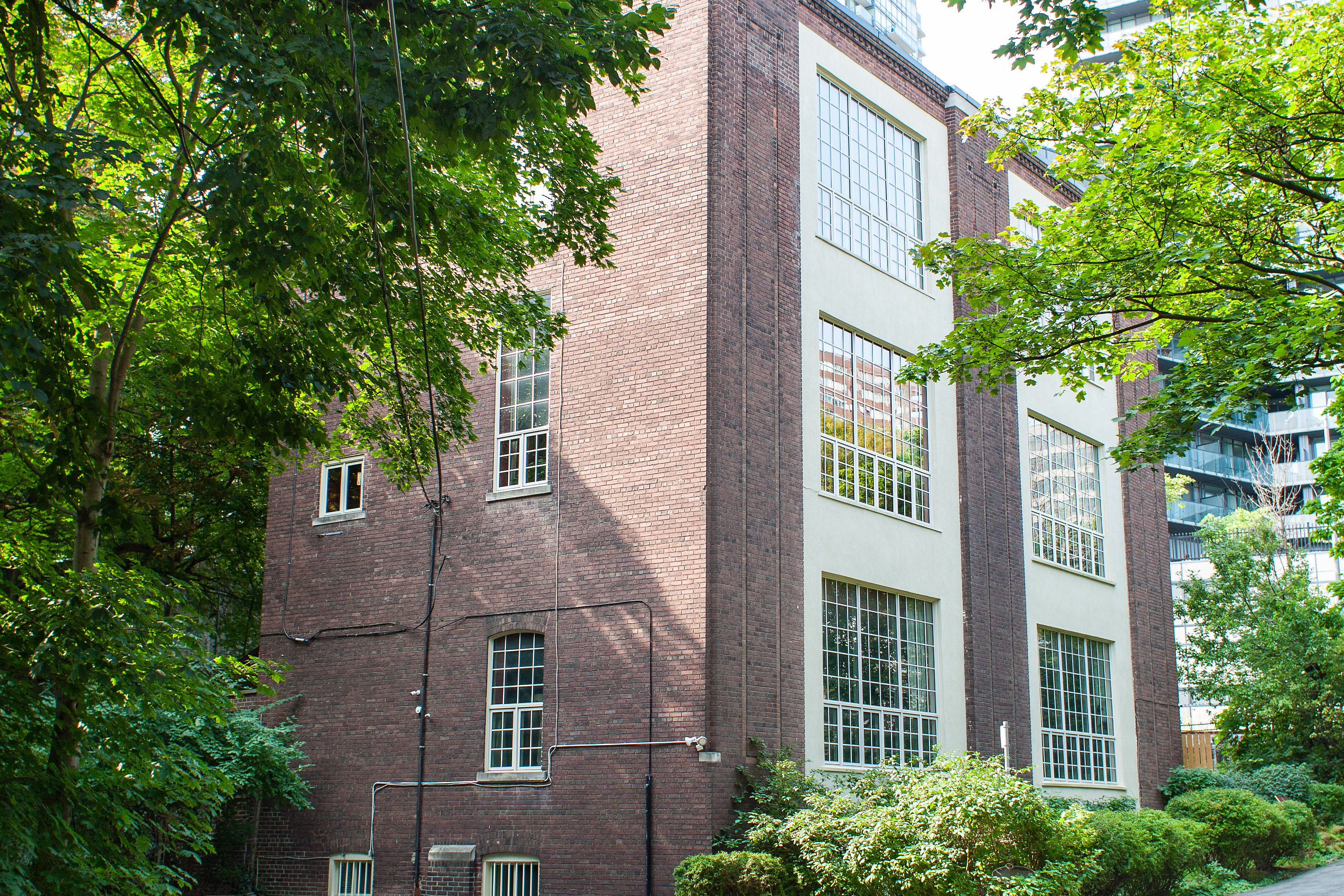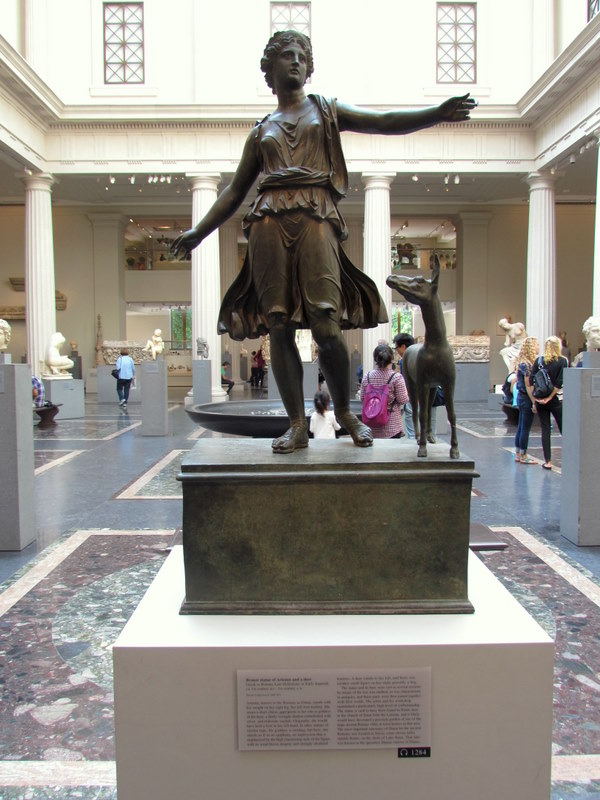|
Lawren Harris
Lawren Stewart Harris LL. D. (October 23, 1885 – January 29, 1970) was a Canadian painter, best known as a leading member of the Group of Seven. He played a key role as a catalyst in Canadian art and as a visionary in Canadian landscape art. Early years Lawren Stewart Harris was born on October 23, 1885 in Brantford, Ontario. He was the son of Thomas Morgan Harris and Annabelle Stewart. His father was secretary to the firm of A. Harris, Sons & Company Ltd., merchants of farm machinery, which merged with the Massey firm in 1891, forming the Massey-Harris Company, later known as Massey Ferguson. Lawren Harris's share of the fortune that resulted made him free from financial cares the rest of his life. Although born to wealth, he was an individual who made his own path in his own individual way. In 1894, his father died and the family moved to Toronto. In 1899, he began to board at St. Andrew's College, which was located in Rosedale in Toronto at the time, then in 1903 attended ... [...More Info...] [...Related Items...] OR: [Wikipedia] [Google] [Baidu] |
Brantford
Brantford (Canada 2021 Census, 2021 population: 104,688) is a city in Ontario, Canada, founded on the Grand River (Ontario), Grand River in Southwestern Ontario. It is surrounded by County of Brant, Brant County, but is politically separate with a municipal government of its own that is fully independent of the county's municipal government. Brantford is situated on the Haldimand Tract, traditional territory of the Neutral Nation, Neutral, Mississaugas, Mississauga, and Haudenosaunee peoples. The city is named after Joseph Brant, an important Mohawk leader, soldier, farmer and slave owner. Brant was an important Loyalist (American Revolution), Loyalist leader during the American Revolutionary War and later, after the Haudenosaunee moved to the Brantford area in Upper Canada. Many of his descendants, and other First Nations in Canada, First Nations people, live on the nearby Six Nations of the Grand River reserve south of Brantford; it is the most populous reserve in Canada. Bra ... [...More Info...] [...Related Items...] OR: [Wikipedia] [Google] [Baidu] |
Arts And Letters Club Of Toronto
The Arts and Letters Club of Toronto (usually just called ''The Arts and Letters Club'') is a private club in Toronto, Ontario, which brings together writers, architects, musicians, painters, graphic artists, actors and others working in or with a love of the arts. It was founded as a gentlemen's club, but women have been members since 1985. St. George's Hall The club is located in a historic building, St. George's Hall, at 14 Elm Street in downtown Toronto. It is protected under Part IV of the '' Ontario Heritage Act'', designated by the City of Toronto since 1975. In 2007 its premises were designated a National Historic Site of Canada. It is sometimes open to the public during Doors Open Toronto. The building has been described as "an eclectic blend of architectural styles popular at the end of the nineteenth century, combining elements of Romanesque, Flemish, and medieval architecture." When the club moved to the building in 1920 it made numerous renovations, including ... [...More Info...] [...Related Items...] OR: [Wikipedia] [Google] [Baidu] |
Franklin Carmichael
Franklin Carmichael (May 4, 1890 – October 24, 1945) was a Canadian artist and member of the Group of Seven. Though he was primarily famous for his use of watercolours, he also used oil paints, charcoal and other media to capture the Ontario landscapes. Besides his work as a painter, he worked as a designer and illustrator, creating promotional brochures, advertisements in newspapers and magazines, and designing books. Near the end of his life, Carmichael taught in the Graphic Design and Commercial Art Department at the Ontario College of Art (today the Ontario College of Art & Design University). The youngest original member of the Group of Seven, Carmichael often found himself socially on the outside of the group. Despite this, the art he produced was of equal measure in terms of style and approach to the other members' contributions, vividly expressing his spiritual views through his art. The next youngest member was A. J. Casson with whom he was friendly. Biography Early ... [...More Info...] [...Related Items...] OR: [Wikipedia] [Google] [Baidu] |
Algoma Central Railway
The Algoma Central Railway is a railway in Northern Ontario that operates between Sault Ste. Marie and Hearst. It used to have a branch line to Wawa, Ontario. The area served by the railway is sparsely populated, with few roads. The railway is well known for its Agawa Canyon tour train. Until 2015, the line also provided passenger train service to canoeists, snowmobilers, cottagers and tourists accessing this wilderness recreation region. The railway connects at its northernmost point with the Ontario Northland Railway and with CN's eastern division to the south. It also intersects with the Canadian Pacific Railway at Franz and with the Huron Central Railway at its southernmost point in the Sault. History Early history ] The Algoma Central Railway was first owned by Francis Clergue, Francis H. Clergue, who required a railway to haul resources from the interior of the Algoma District to Clergue's industries in Sault Ste. Marie; specifically, to transport logs to his ... [...More Info...] [...Related Items...] OR: [Wikipedia] [Google] [Baidu] |
Algoma District, Ontario
Algoma District is a district and census division in Northeastern Ontario in the Canadian province of Ontario. The name was created by an American ethnologist, Henry Rowe Schoolcraft (1793-1864), who was appointed Indian agent to the Ojibwe in Sault Ste. Marie region in 1822. "Al" is derived from Algonquin, while "goma" is a variant of gomee, meaning lake or water. Algoma District has shoreline along Lake Superior and Lake Huron. It has an international border crossing to the American state of Michigan, at Sault Ste. Marie. Historically, it was known for its lumber and mining industries. The rugged scenery of the region has inspired works by Canadian artists, particularly the Group of Seven. They rented a boxcar from the Algoma Central Railway to travel on excursions through this region. History Surviving prehistoric remains in Algoma District are concentrated around waterways. These remains date as far back as the Archaic period. There are also sites from the later W ... [...More Info...] [...Related Items...] OR: [Wikipedia] [Google] [Baidu] |
Boxcar
A boxcar is the North American ( AAR) term for a railroad car that is enclosed and generally used to carry freight. The boxcar, while not the simplest freight car design, is considered one of the most versatile since it can carry most loads. Boxcars have side sliding doors of varying size and operation, and some include end doors and adjustable bulkheads to load very large items. Similar covered freight cars outside North America are covered goods wagons and, depending on the region, are called ''goods van'' ( UK and Australia), ''covered wagon'' ( UIC and UK) or simply ''van'' (UIC, UK and Australia). Use Boxcars can carry most kinds of freight. Originally they were hand-loaded, but in more recent years mechanical assistance such as forklifts have been used to load and empty them faster. Their generalized design is still slower to load and unload than specialized designs of car, and this partially explains the decline in boxcar numbers since World War II. The ... [...More Info...] [...Related Items...] OR: [Wikipedia] [Google] [Baidu] |
Tom Thomson
Thomas John Thomson (August 5, 1877July 8, 1917) was a Canadian artist active in the early 20th century. During his short career, he produced roughly 400 oil sketches on small wood panels and approximately 50 larger works on canvas. His works consist almost entirely of landscapes, depicting trees, skies, lakes, and rivers. He used broad brush strokes and a liberal application of paint to capture the beauty and colour of the Ontario landscape. Thomson's accidental death by drowning at 39 shortly before the founding of the Group of Seven is seen as a tragedy for Canadian art. Raised in rural Ontario, Thomson was born into a large family of farmers and displayed no immediate artistic talent. He worked several jobs before attending a business college, eventually developing skills in penmanship and copperplate writing. At the turn of the 20th century, he was employed in Seattle and Toronto as a pen artist at several different photoengraving firms, including Grip Ltd. There he ... [...More Info...] [...Related Items...] OR: [Wikipedia] [Google] [Baidu] |
Studio Building (Toronto)
The Studio Building in Toronto, Ontario, Canada, was the home and working studio of several of the Group of Seven painters, their predecessors, and their artistic descendants, and is of enormous significance in the history of Canadian art. The building was designated a National Historic Site of Canada in 2005. It was also designated by the City of Toronto under the ''Ontario Heritage Act'' through By-law 115-2003. Situated at 25 Severn Street, it is located in the Rosedale ravine immediately east of the above-ground Ellis portal that brings subway trains into and out of the north end of the Bloor-Yonge subway station. The site and positioning takes advantage of the northern exposure that illuminates the artist's canvas with very even, neutral light. History Financed by Lawren Harris, heir to the Massey-Harris farm machinery fortune, and Dr. James MacCallum, the Studio Building was conceived as a nonprofit facility where the rents were pegged at $22 per month, a level that would ... [...More Info...] [...Related Items...] OR: [Wikipedia] [Google] [Baidu] |
James MacCallum
James Metcalfe MacCallum (1860–1943) was a Canadian ophthalmologist and one of the most important patrons of Tom Thomson and the Group of Seven (artists), Group of Seven. Biography He was born in Richmond Hill, ON, Richmond Hill, north of Toronto, but due to his father, a Methodist minister, being sent to the area, spent part of his early life on the rural shores of Georgian Bay and Muskoka. He studied medicine at the University of Toronto and later earned his doctorate in medicine at the same university. After further training in London and Berlin, he became a professor of ophthalmology at the University of Toronto in 1903. He was affiliated with the Toronto General Hospital and Hospital for Sick Children (Toronto), Hospital for Sick Children. He was also an influential member of the Medical Council of Canada and the College of Physicians and Surgeons of Ontario. In 1911, he built a cottage on an island in Go Home Bay in Georgian Bay, naming it "West Wind Island". That sa ... [...More Info...] [...Related Items...] OR: [Wikipedia] [Google] [Baidu] |
Albright-Knox Gallery
The Buffalo AKG Art Museum, formerly known as the Albright–Knox Art Gallery, is an art museum at 1285 Elmwood Avenue, Buffalo, New York, in Delaware Park. the museum's Elmwood Avenue campus is temporarily closed for construction. It hosted exhibitions and events at Albright-Knox Northland, a project space at 612 Northland Avenue in Buffalo’s Northland Corridor. The new museum is expected to open in 2023. The gallery is a major showplace for modern art and contemporary art. It is directly opposite Buffalo State College and the Burchfield Penney Art Center. History The parent organization of the Buffalo AKG Art Museum is the Buffalo Fine Arts Academy, founded in 1862, one of the oldest public arts institutions in the United States. On January 15, 1900, Buffalo entrepreneur and philanthropist John J. Albright, a wealthy Buffalo industrialist, donated funds to the Academy to begin construction of an art gallery. The building was designed by prominent local architect Edwar ... [...More Info...] [...Related Items...] OR: [Wikipedia] [Google] [Baidu] |





.jpg)


